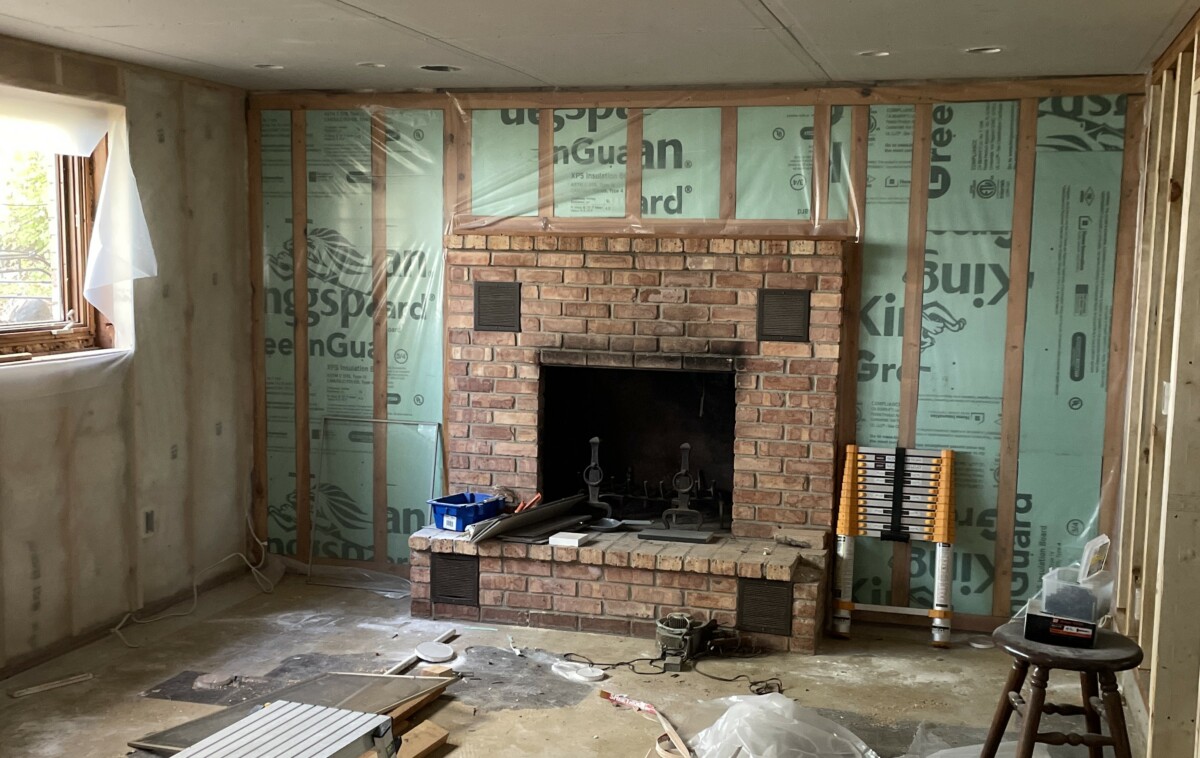Guest article written by Greg Karow of Code Educational Opportunities and Contractor University
I have been working in the building code arena for some 30 years as a building inspector, plans examiner, building official, and rounding out my career as a building code instructor. In all these years, there has been a common thread I’ve heard time and time again: “I absolutely hate having to go through the time and hassle of getting a building permit.” This sentiment is shared by both homeowners and some contractors alike.
Why has this become so difficult? When I became a building official, I sought simplicity in the process not only for the customer but also for the office environment. My intent here is to provide some insight and suggestions to assist in making this a more efficient process.
Permit oversight
Who says I need a permit? The administration chapter of the Minnesota State Building code establishes parameters for code application.
1300.0030 Purpose and Application
The state building code is the standard that applies statewide for the construction, reconstruction, alteration, and repair of buildings and other structures of the type governed by the code. The state building code supersedes the building code of any municipality.
In essence, permits are required by law. There is only one building code: the state building code. A municipality cannot be more nor less restrictive than the state building code and; furthermore, the code is the minimum standard for construction and is mandated statewide. The standard is set, but the code is not required to be enforced statewide.
Approaching permit applications
So now, consider if you’re going to get a permit or run the risk of not getting one. Whatever choice is made to do anything, there has to be value established to go forward with your choice. But be aware, permits are required under Minnesota state law. That brings up the questions: Is there any real value in getting a permit and inspections? If I pay for it, what do I get for my money? What’s in it for me? These are fair and appropriate questions.
What a permit is not
Permits are not any guarantee or warranty of the project under consideration.
Permits presuming to give authority to violate or cancel the provisions of the code or other ordinances of the jurisdiction are not valid. (MN rule 1320.0100 sp 10).
A permit’s purpose & application
The text below is from the code (1300.0030) and explains the intent:
The purpose of this code is to establish minimum requirements to safeguard the public health, safety, and general welfare through structural strength. The code is intended to provide that minimum standard for public safety. Permits and inspections are a system of checks and balances to verify code compliance and procedures to mandate that corrections are made as needed. Permit records are public information. If the permit history does not include records of known work that was done without a permit, the owner or whoever did the work may still require to attain the proper permits, even if the project is complete. One of the most tangible reasons that there is value is when a property is bought or sold that a paper trail exists to quantify projects were completed and passed all required inspections.
Tips for filling out permit paperwork correctly
- Fill out the permit application complete the first time. If there is a portion that is not applicable to your project, fill it in with N/A in the space.
- Include zoning information. If there are any zoning requirements, be sure to include them with the application.
- Include a readable signature. One of the biggest errors my colleagues and I have encountered over the years has been unsigned applications. This is a legal document and cannot be issued without the applicant’s signature. If your signature is not legible, print your name adjacent to the signature.
- Provide additional documents if necessary. Include any other documents that are required or items that may provide additional information to expedite the process.
- Provide adequate detail. If plans are required, don’t freak out! Depending on the scope of the project, the amount of detail will vary based on the complexity of the job. A good rule of thumb is to provide enough detail and information so that whoever is reviewing it could build it from your submittals. This could be done with a simple sketch on a piece of paper with a list of specifications. Be sure to make it legible. Don’t assume that the reviewer knows what’s going to happen with your project.
- Include all structural information. One of the biggest setbacks for plan review process is the lack of structural information. Sizing of beam headers, footing and foundation, point loads, etc. must be on the submittal plans. I’ve seen the note, “beam by others” or “foundation per code” countless times. This will get your plans rejected every time. Be prepared to substantiate your methodology for structural components. In other words, don’t guess. There are resources available to assist with this, including the building inspector.
- Utilize the building inspector. Speaking of the building inspector, for the most part, the level of professionalism has been raised substantially over the years. However, there is a small percentage that can be somewhat challenging to work with. Whatever the case, be cordial and respectful of the individual. They may turn out to be more of an asset than an adversary. If on-site consultation is needed, MN Rule 1300.0110 subpart 3 states, “When requested by a permit applicant, the building official shall meet with the permit applicant prior to the application for a construction permit to discuss plans for the proposed work. The meeting shall be held at a mutually agreeable location. Municipalities may establish a fee for this service.”
- Be patient. Right now, the construction industry is facing the same issues as the rest of the country: shortage of adequate staff. If you request help from a building inspector, you may have to wait. The point is, the building department cannot refuse to do this. The code is clear about this requirement.
Permits have been and will continue to be a part of the construction industry. Whether you’re an individual or a contractor, be prepared before you submit the application. The information is out there, sometimes you just have to dig for it.
See you next time, and remember “build it on the bubble.” – Greg “the codetalker” Karow
For a more in-depth analysis, check out Greg’s two-hour course: “Navigating the Permit Process” available through Contractor University.


















